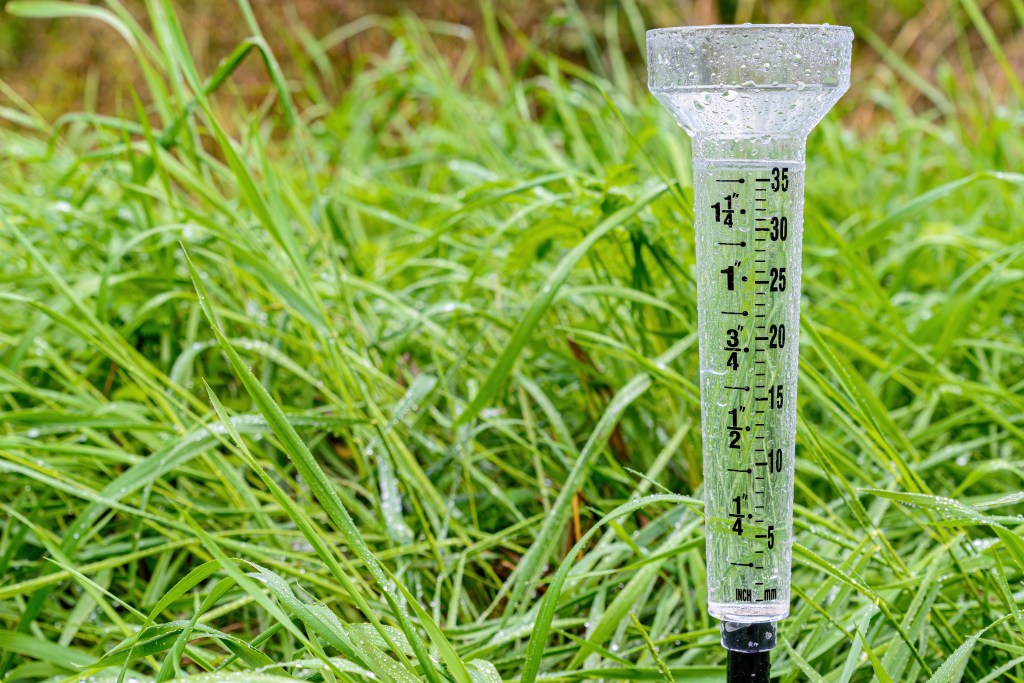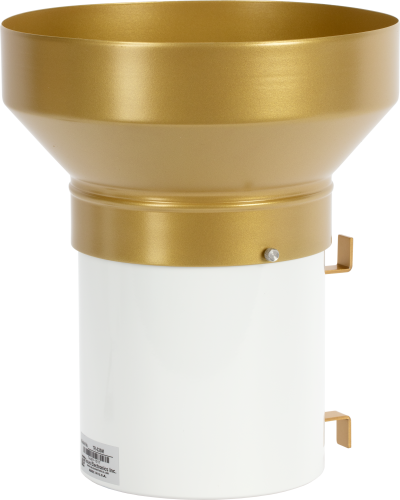Exploring the Development of Rainfall Assesses: From Typical to Smart Tools for Boosted Precision in Rainfall Dimension
The dimension of rains has actually been a basic element of weather forecasting for centuries, forming our understanding of weather patterns and environment fads - rain gauge. From the very early hand-operated rainfall gauges to the more current intro of clever devices, the development of rainfall dimension devices has been a journey marked by innovation and precision. By mapping the innovations in rain gauge technology from traditional models to the cutting-edge clever tools these days, we can get important insights into just how these growths have actually reinvented the method we collect and analyze rainfall information
Early Guidebook Rainfall Assesses
During classical times, rudimentary vessels were used to gauge rainfall by hand, noting the very early origins of rain determines. These very early rainfall gauges were simple containers positioned in open locations to accumulate rain. The collected water was after that manually measured making use of markings on the container to establish the quantity of rains that had happened within a certain period.
Although these manual rainfall gauges were reliable in offering a standard understanding of rains patterns, they were restricted in accuracy and precision. Aspects such as splilling, dissipation, and wind can affect the measurements, bring about prospective errors in the recorded information.

Regardless of their constraints, early manual rain determines played a critical duty in the development of much more advanced rain measurement gadgets. The idea of gathering and determining rains laid the structure for the production of even more innovative rainfall determines that made use of clinical concepts to offer more precise and trusted information. This evolution ultimately resulted in the development of modern rainfall determines with the ability of capturing accurate measurements in various ecological problems.
Development of Mechanical Rain Scales
The development from very early hand-operated rainfall evaluates to more advanced mechanical rainfall measurement devices marked a considerable leap in the evolution of rainfall gauge technology. Mechanical rainfall assesses, also referred to as tipping bucket rain evaluates, operate a straightforward yet effective principle. These tools contain a funnel that accumulates rain and networks it into a little seesaw-like mechanism - rain gauge. As the rain fills one side of the device, it suggestions, causing the water to be cleared out, and concurrently tape-recording the quantity of rainfall. This layout enables automatic dimensions, making it a lot more effective and precise compared to hand-operated techniques.
Mechanical rainfall gauges are generally made of long lasting materials like stainless-steel or plastic, guaranteeing durability and reliability even in extreme weather conditions. With improvements in technology, contemporary mechanical rainfall evaluates can also be equipped with electronic sensing units to transmit real-time information wirelessly to data collection systems. This mix of mechanical effectiveness and electronic connectivity has actually made mechanical rainfall assesses a preferred selection for meteorological terminals, research establishments, and farming applications where precise rains dimensions are important for decision-making procedures.
Introduction of Digital Rainfall Scales

Electronic rainfall evaluates deal substantial advantages over typical mechanical assesses, including greater precision, the capacity to gauge smaller sized increments of rainfall, and minimized maintenance needs. By leveraging electronic elements like tipping buckets or acoustic sensors, these tools can provide thorough info on rainfall strength, period, and distribution patterns with improved integrity.
Additionally, the assimilation of electronic rainfall gauges right into climate surveillance networks makes it possible for the collection of huge volumes of data for evaluation and projecting functions. This information can be utilized to enhance anticipating designs, boost early caution systems for serious weather events, and support environment research efforts. On the whole, the introduction of electronic rain assesses represents a critical innovation in the area of meteorology, helping with a lot more extensive and exact rains Visit Website dimension capabilities.
Transition to Wireless Rainfall Assesses
Progressing past typical methods, meteorological instrumentation has progressively moved towards wireless rainfall evaluates for boosted data collection and transmission. These cutting-edge tools make use of cordless modern technology to send real-time rains information to centralized systems, providing meteorologists and researchers immediate accessibility content to reliable and accurate details. The change to cordless rain evaluates eliminates the demand for hands-on data collection, lowering human mistake and enhancing performance in keeping track of rainfall patterns.
Wireless rainfall evaluates are furnished with sensing units that can find even the smallest quantity of rains, offering accurate dimensions for far better analysis and forecasting. The smooth combination of these gauges right into existing weather condition monitoring networks enables thorough data collection throughout different geographical locations, making it possible for a much more extensive understanding of rainfall circulation and intensity.
In addition, the wireless capability of these rainfall gauges makes it possible for remote tracking in hard-to-reach or hazardous areas, expanding the extent of rainfall dimension in challenging atmospheres. With their ability to enhance data transmission and enhance precision, wireless rainfall gauges stand for a significant improvement in meteorological technology, boosting the accuracy and dependability of rainfall measurement for clinical research and operational projecting.
The Period of Smart Rainfall Evaluates
Becoming a crucial improvement in meteorological instrumentation, wise rainfall determines incorporate sophisticated technology for improved information collection and evaluation. These innovative gadgets are furnished with sensors that can determine not just the amount of rains however additionally additional specifications such as strength, period, and also go down size distribution. By leveraging cordless connectivity, clever rain assesses can transmit real-time information to atmospheric stations, providing immediate access to exact rains measurements.
Among the key features of smart rain evaluates is their ability to autonomously change for environmental aspects that might impact the precision of standard rainfall assesses, such as wind disturbance or dissipation. This self-correction system makes sure that the information gathered is more dependable and constant, bring about improved forecasting versions and better-informed decision-making in various markets like farming, water source management, and metropolitan preparation. In addition, the assimilation of fabricated knowledge and equipment learning formulas in smart rainfall evaluates permits advanced information analysis, pattern recognition, and projecting abilities, even more enhancing their energy in contemporary meteorology.
Final Thought

From the very early hand-operated rainfall determines to the extra current intro of smart devices, the development of rain measurement tools has actually been a trip noted by advancement and accuracy.The development from early hands-on rainfall evaluates to extra advanced mechanical rain dimension gadgets marked a considerable leap in the evolution of rainfall scale innovation. Mechanical rain determines, additionally understood as tipping bucket rain evaluates, operate on a simple yet reliable concept.One of the essential features of clever rainfall assesses is their capacity to autonomously readjust for ecological aspects that may affect the precision of standard rainfall assesses, such as wind interference or dissipation.In final thought, the evolution of rainfall assesses has proceeded from very early hand-operated tools to mechanical and electronic models, inevitably leading to the development of wireless and clever rain determines.